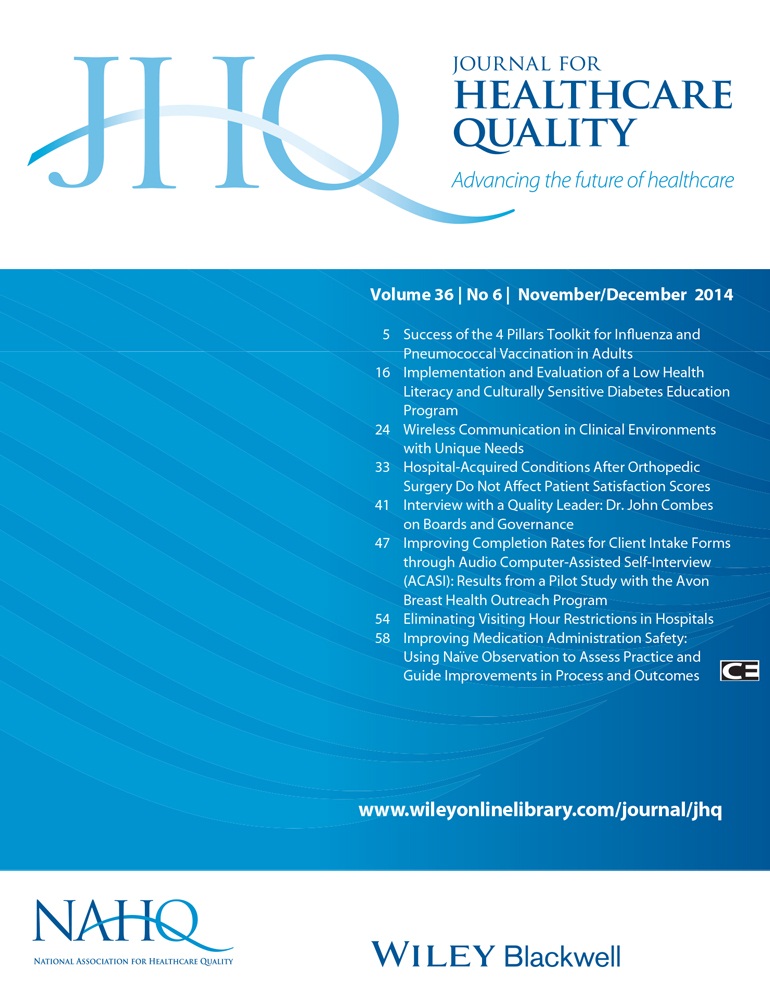Wireless Communication in Clinical Environments with Unique Needs
Abstract
Wireless technology in healthcare has been associated with communication-related improvements in workflow; however, there are barriers to adoption. This study examined predictors of use of wireless communication devices (WCDs) in environments with unique needs (i.e., intensive care unit [ICU]). Nurses were recruited in the ICU to complete a paper questionnaire to assess their willingness to use WCDs. The Theory of Planned Behaviour was used to assess attitudes, subjective norms, perceived control, and behavioral intent. Responses included Likert scale scores and open-ended questions. Data were collected before and following the implementation of WCDs in ICU. The combined effects of attitudes, perceived control and subjective norms on behavioral intent were tested using the general linear model. The narrative data were analyzed using a thematic analysis approach. Attitudes and subjective norms were predictors of behavioral intent to use WCDs preimplementation but not postimplementation. Differences in the factors affecting intent to use WCDs between the ICU and the surgical unit may be related to the unique nature of the critical care environment, and to the lack of a comprehensive preimplementation strategy. A study examining predictors of use on a general inpatient unit where a comprehensive implementation strategy was not employed would provide insight into whether these findings are related to the implementation strategy or the unique nature of the critical care environment. Improved understanding of the function and application of innovative technology at the point of care, and attention to the process of implementation may improve adoption of this potentially beneficial device.




